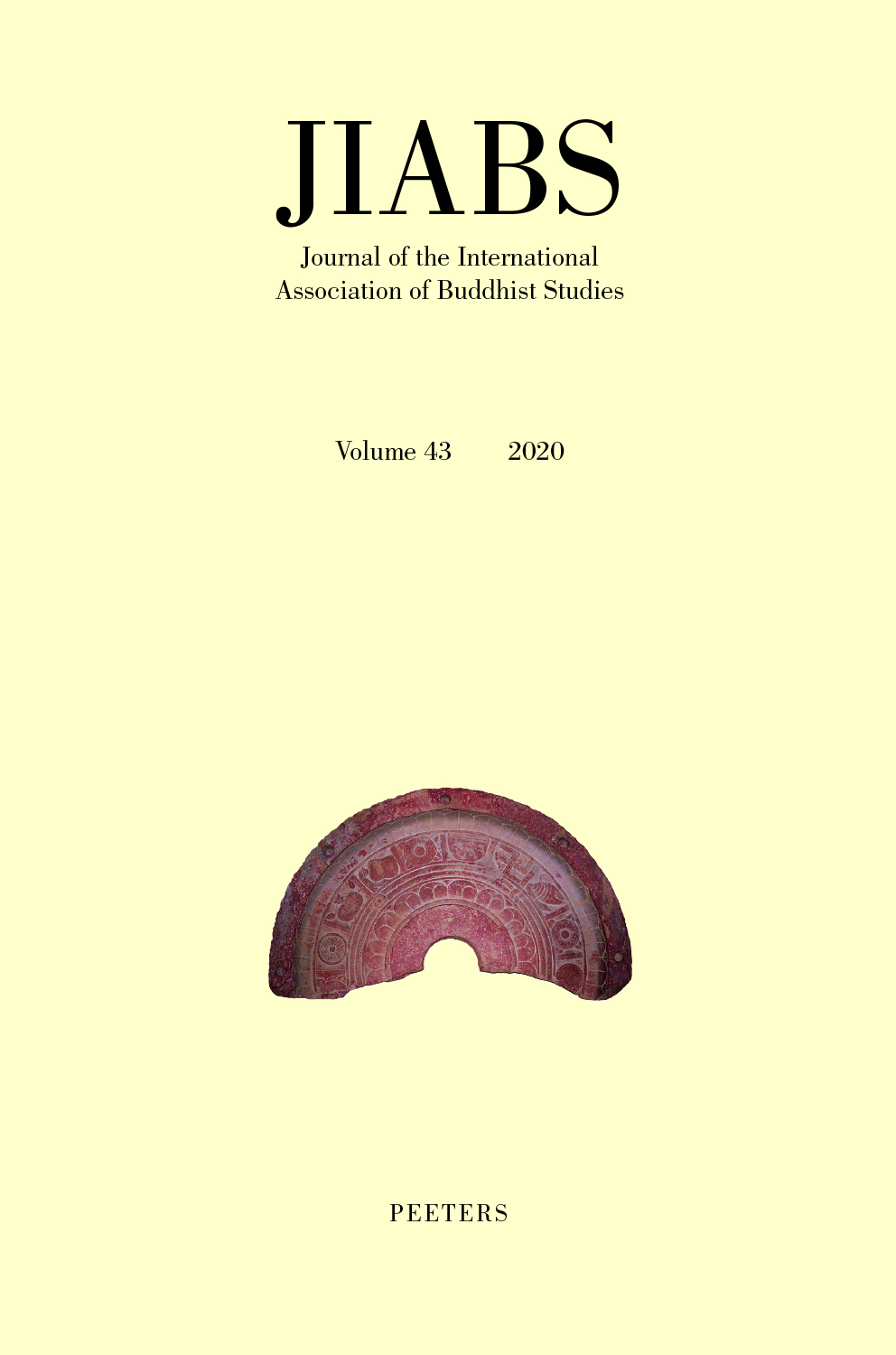 previous article in this issue previous article in this issue | next article in this issue  |

Preview first page |
Document Details : Title: Les sources de la Sukhāvatī Subtitle: Autour d'une étude récente de G. Fussman Author(s): DUCOR, Jérôme Journal: Journal of the International Association of Buddhist Studies Volume: 27 Issue: 2 Date: 2004 Pages: 357-410 DOI: 10.2143/JIABS.27.2.3149627 Abstract : During the past few decades the Western Indianists have published an increasing number of studies on Amitābha/Amitāyus and his Sukhāvatī. One of them is Gérard Fussman’s long and interesting article in Journal Asiatique 1999, p. 523-586. Unfortunately, however, some rather basic mistakes seriously detract from this study, as when it confuses the 21st and 46th Vows (p. 574-575) or when it asserts that the very birth in Sukhāvatī is the ekajātibaddha’s birth itself (p. 550, n. 62). Due to some confusions about Buddhist terms, Fussman seems to have misunderstood the original method of the Smaller Sukhāvatī (§10) and concludes that birth in this buddha-field necessitates bodhicitta and countless roots of merit as prerequisites (p. 567). This unlikely interpretation was supposely justified by a quite baffling transformation of aviparyastacittam into «aviparyasta In the present article I try to gather the scattered information concerning Amitābha’s epigraphy and representations: apart from the early Govindnagar and the late Sāñcī inscriptions, there is no conclusive evidence in any sculpture, even in the Buddhamitra Triad or the Mohammed Nari Stele. Neither is there any evidence in the Buddhānanda («Bruxelles») Group that Fussman defines as the terminus ante quem for Amitābha’s cult (p. 548, n. 57), despite the uncertainty over both its identification and its dating. The comparison between the various sūtras’s methods finally leads me to the hypothesis that the Pratyutpanna-samādhi-sūtra could be an attempt to incorporate the concept of Sukhāvatī into the Prajñāparamitā tradition, this attempt being in turn criticized by the Mādhyamika as it appears in the Upadeśa. |
 |


